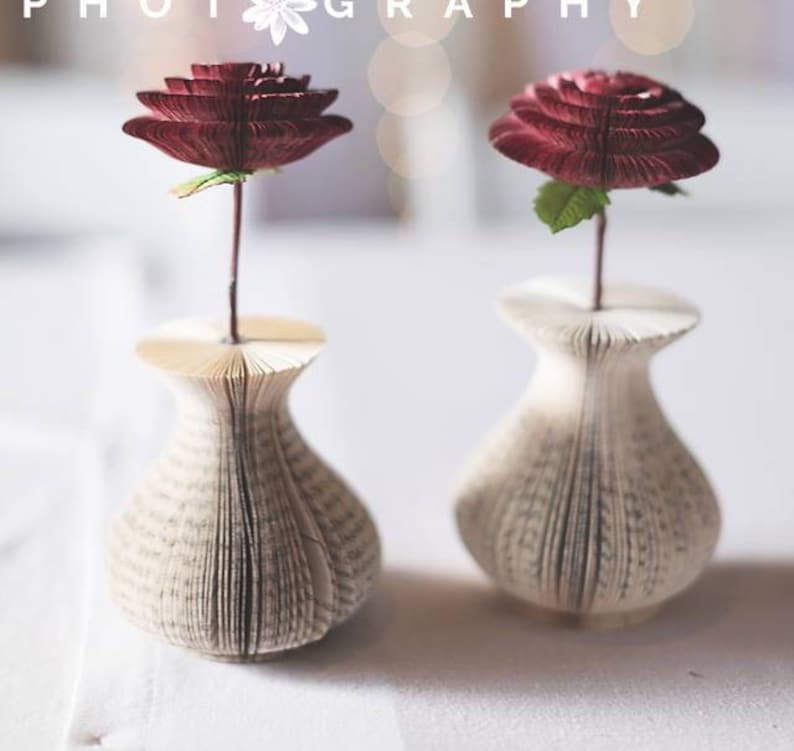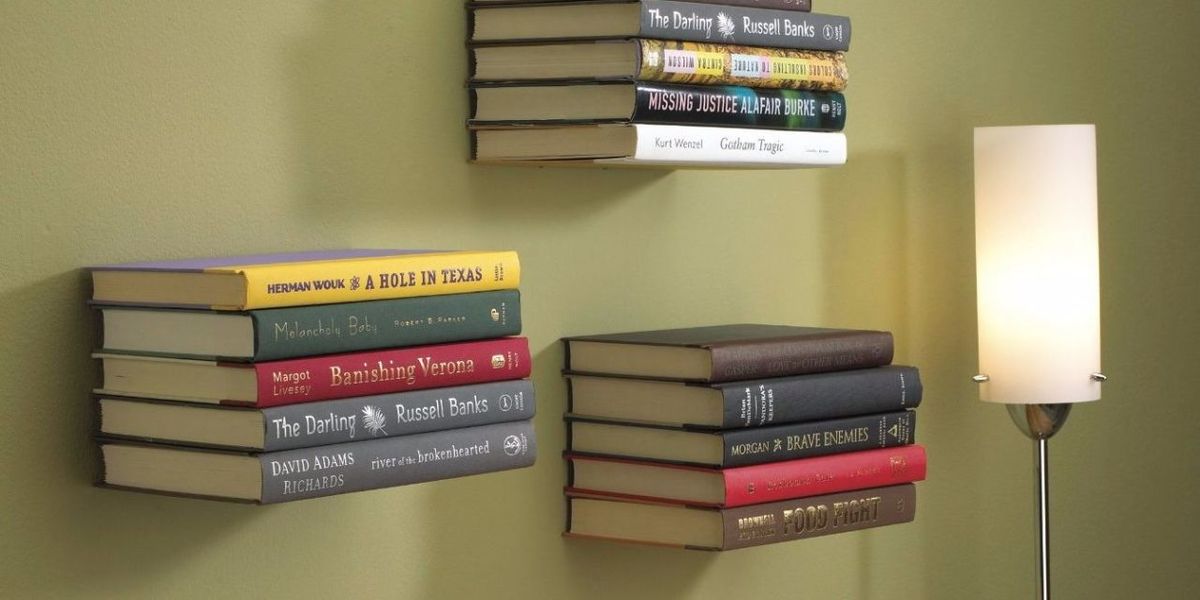

Fore-edge, Folding and Other Uses for Old Books by Karla Stover
Yes, there is a town in Wales devoted to second hand books; it's Hay-on-Wye. But I just checked and the number of book stores is starting to decline. What to do with all the unloved books? . 


One idea is to turn them into art. There are "How to" tutorials all over YouTube, but for something completely unique there is Fore-edge painting which is a scene painted on the edges of the pages of a book. Fore-edge has two options: paintings on the edges of the pages and which can only be seen when the pages are fanned. The painting should be invisible when the book is closed; or painting is on the closed edge itself and thus should not be fanned. The following comes from Wikipedia:
"In order to view the painting, the leaves of the book must be fanned, exposing the edges of the pages and thereby the painting. Another basic difference is that a painting on the closed edge is painted directly on the surface of the book edge (the fore-edge being the opposite of the spine side). For the fanned painting the watercolor is applied to the top or bottom margin (recto or verso) of the page/leaf and not to the actual "fore"-edge itself."
The art form has been around for a long time but there is one amusing story about its use. Among Charles II of England's many "lady friends" was a duchess, who often borrowed his books, sometimes forgetting to return them.(I'm guessing it was Barbara Castlemaine, Duchess of Cleveland). To remedy the situation, the king "commissioned the court painter, Sir Peter Lely and the court bookbinder, Samuel Mearne, to devise a secret method in which his books could be identified. Between the two they came up with something unique. It went into effect a few weeks later when the king was visiting the duchess and spotted a familiar looking book on a shelf. "Taking it down he said, “I’ll just take my book along with me.” “But sire,” the lady protested, “that book is mine.” “Oh?" The king raised his brows. Then, with a sly smile, he fanned out the book and revealed what had been painted on the inner edges--the royal coat of arms. The gilding on the outer edges had completely hidden the identification. Acknowledging that Charles had outwitted her, the duchess sank in a deep curtsy before her king." (Since most of the king's lady friends were also his mistresses, she probably did more than that.)
I once wrote a short story where my protagonist, Miss Agnes Grey, solved the mystery with a clue on a book which had been painted using the technique. I may have tried to get "Ellery Queen Mystery Magazine" to accept the story but I forget. It currently lies fallow on a thumb-drive somewhere,
I've attempted to attach a picture courtesy of Pinterest but they don't always transfer. If not, Google Fore-edge and look at all the samples on "images."












